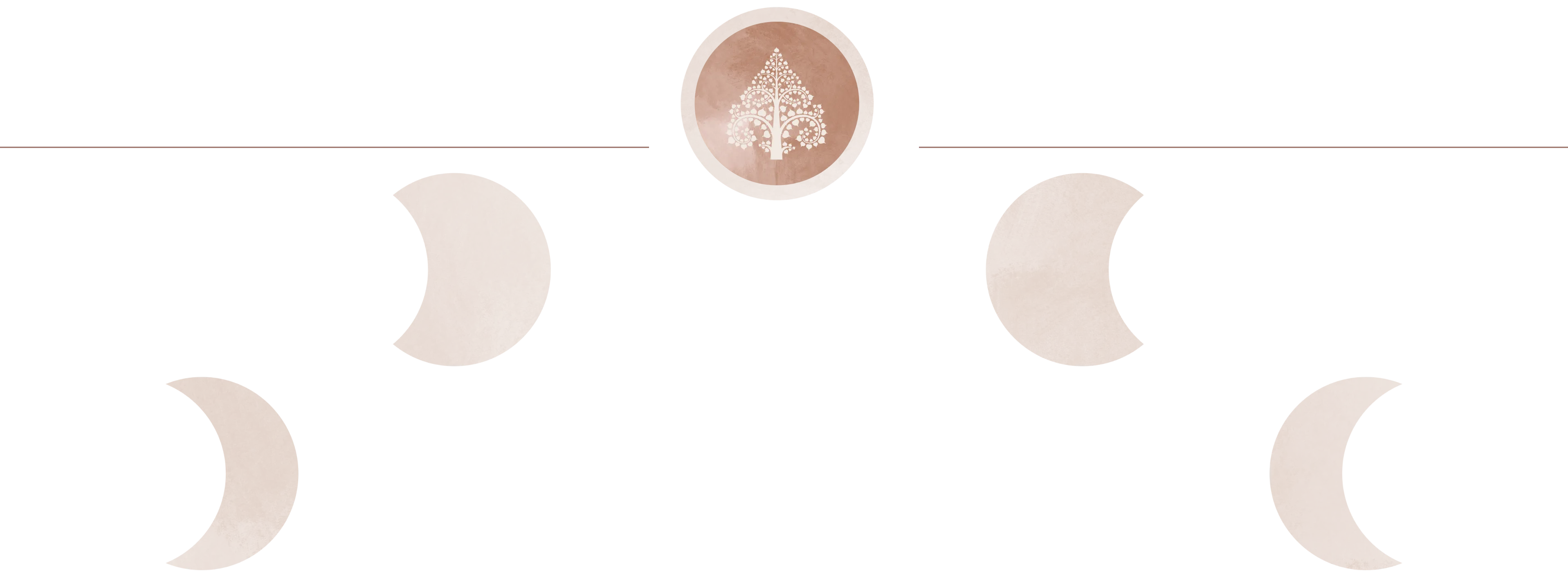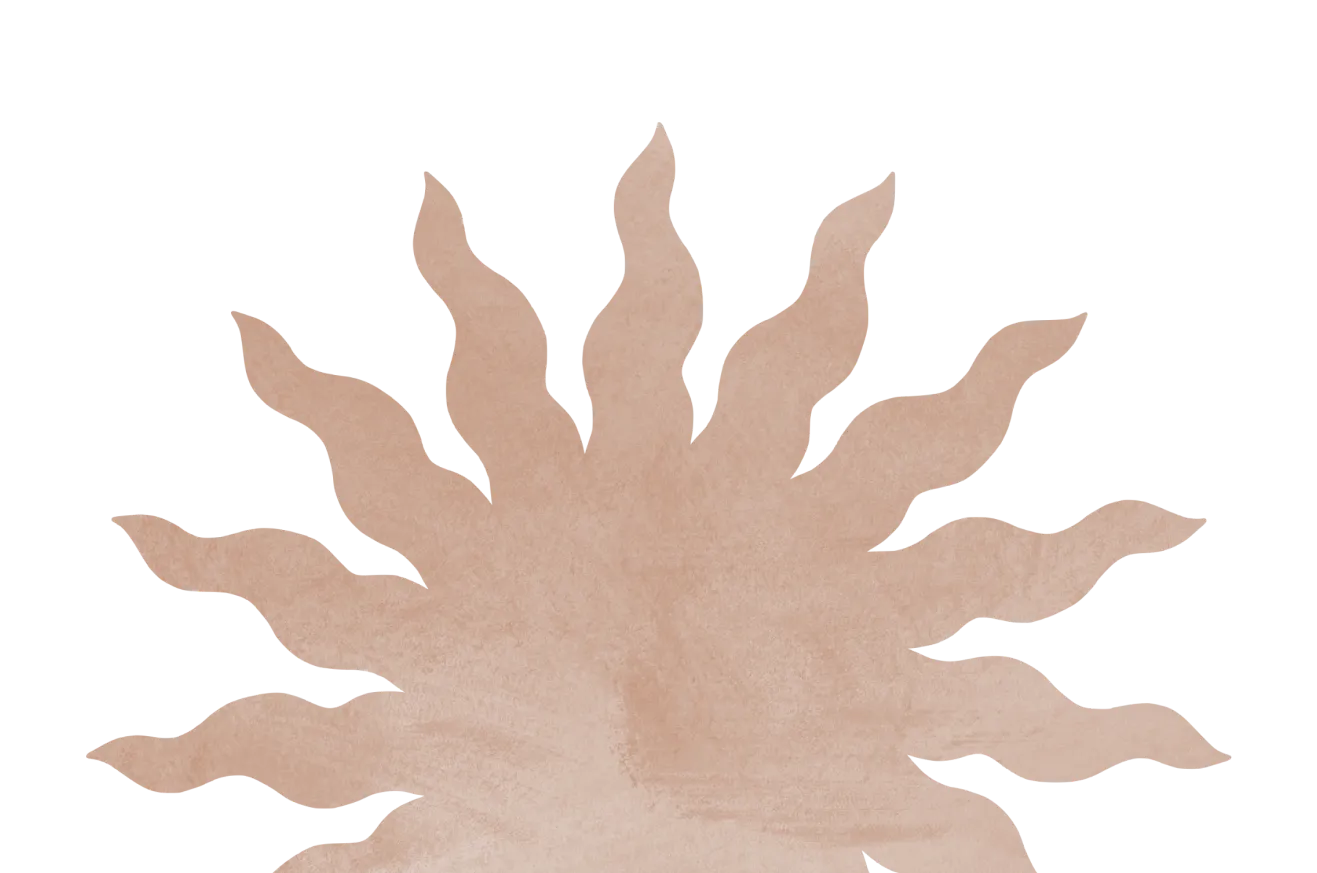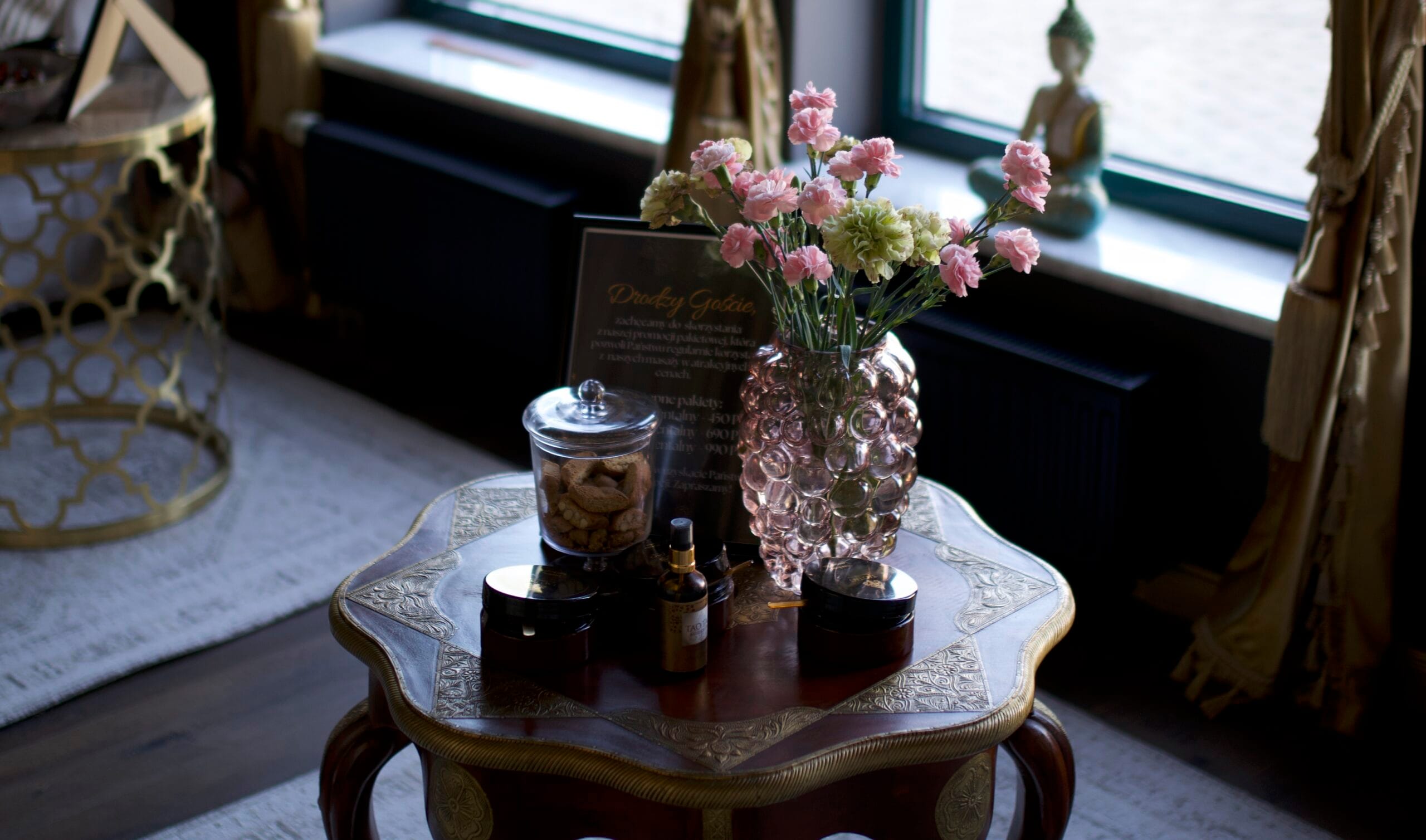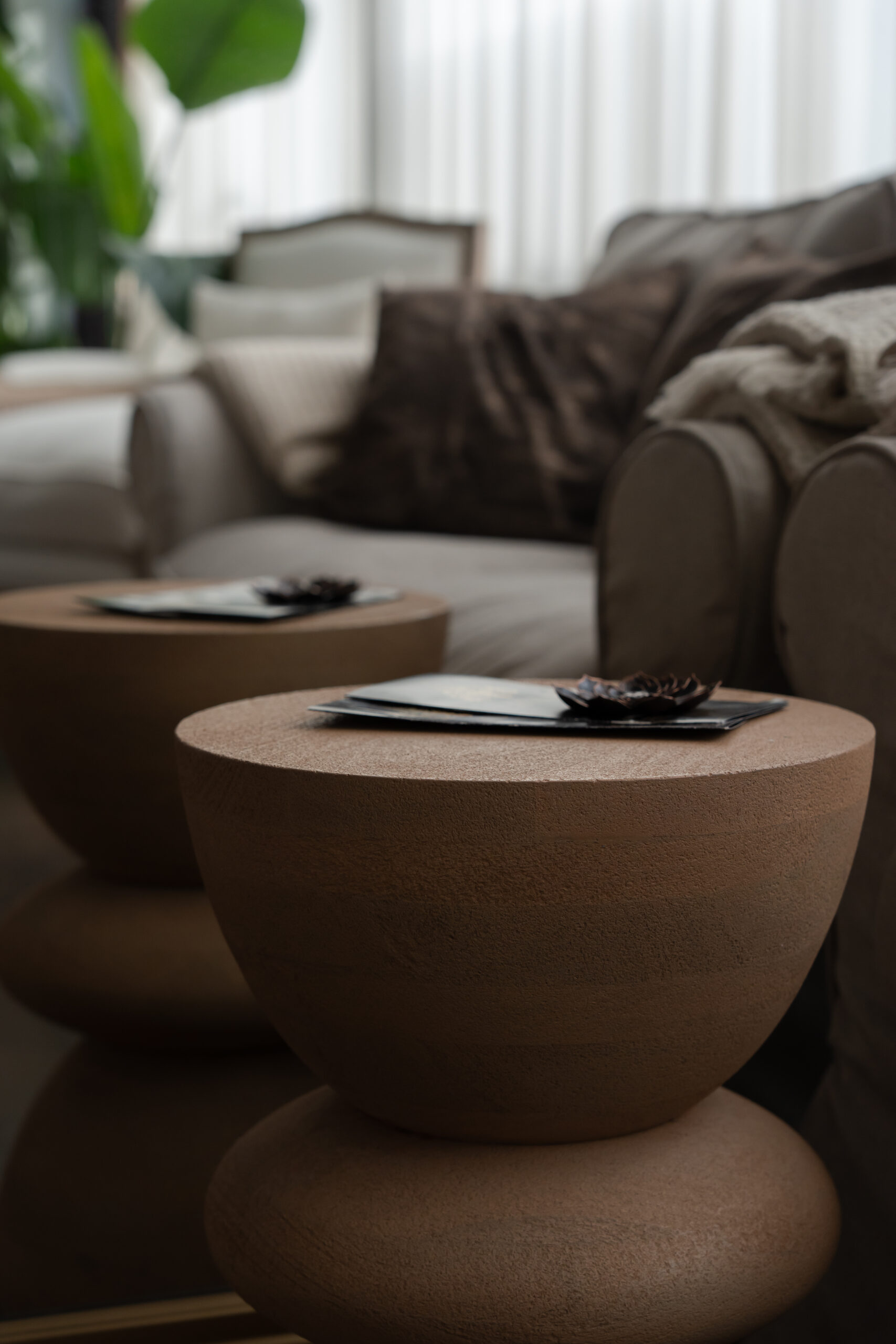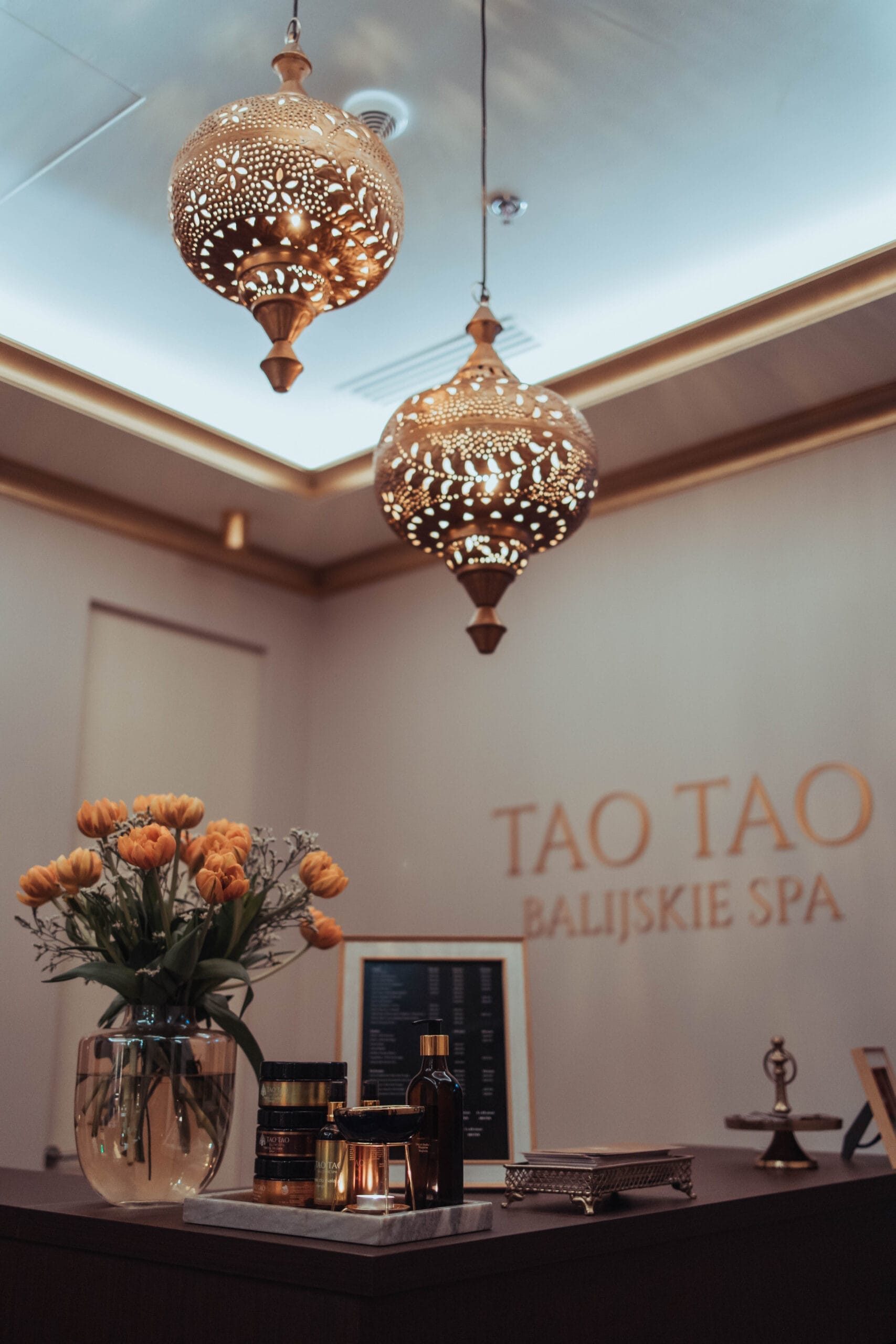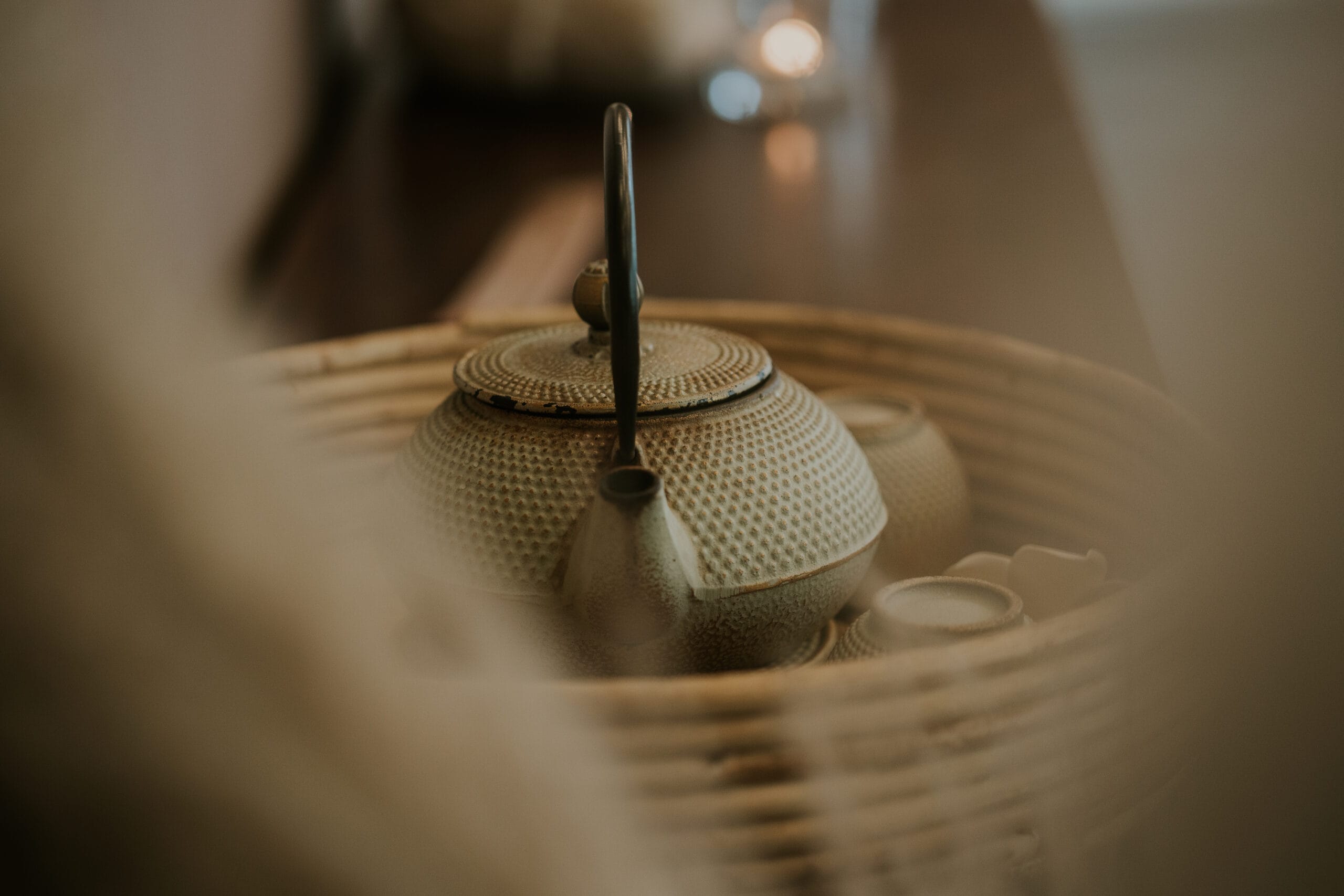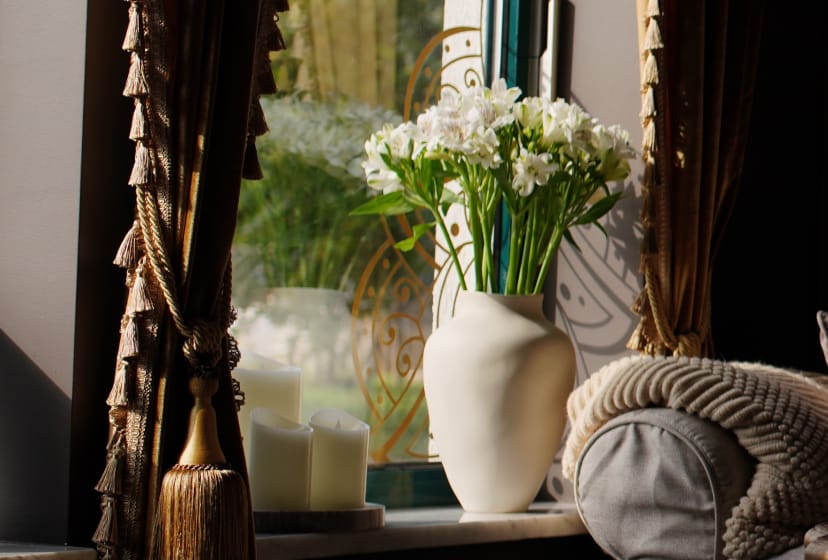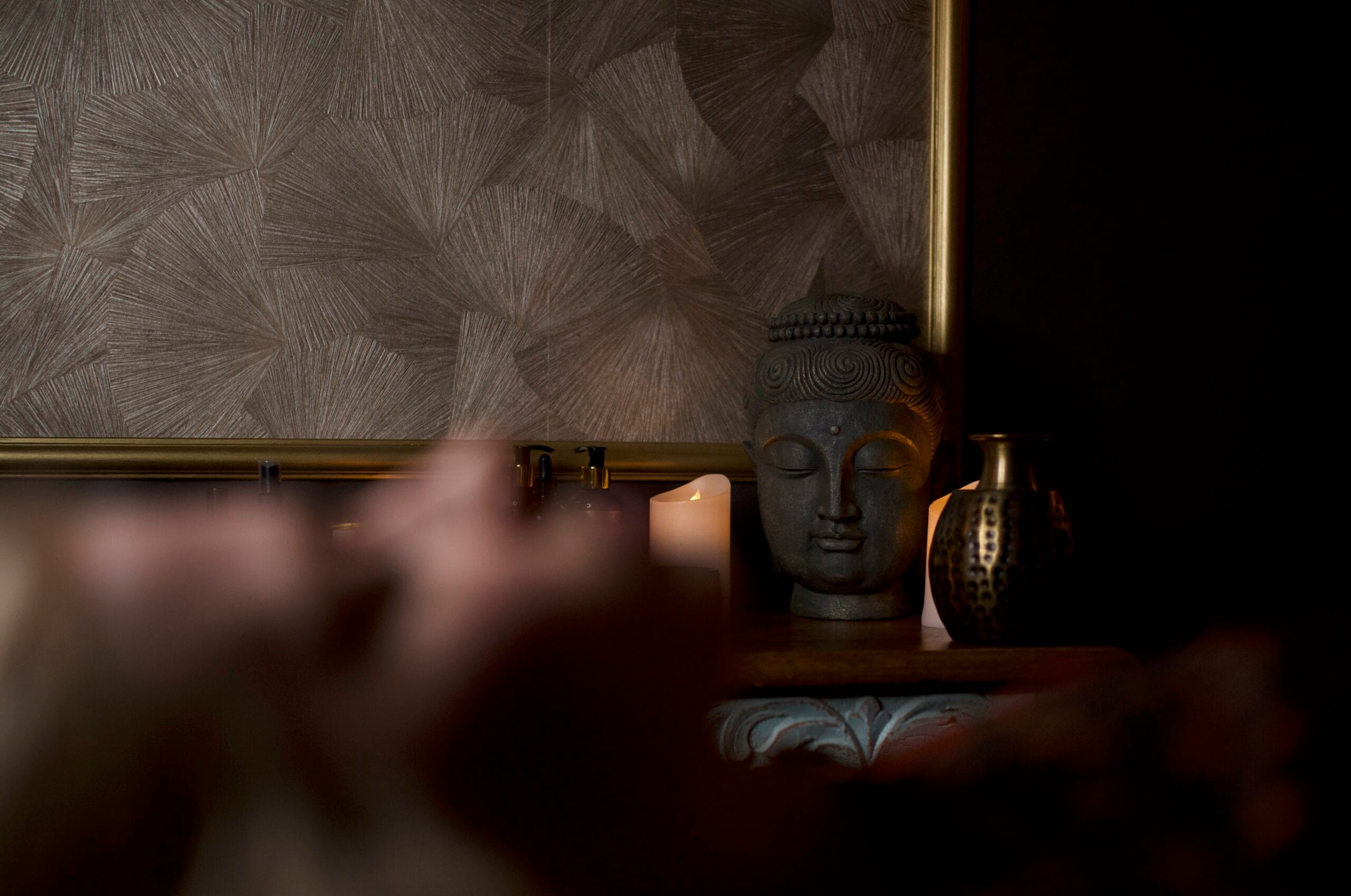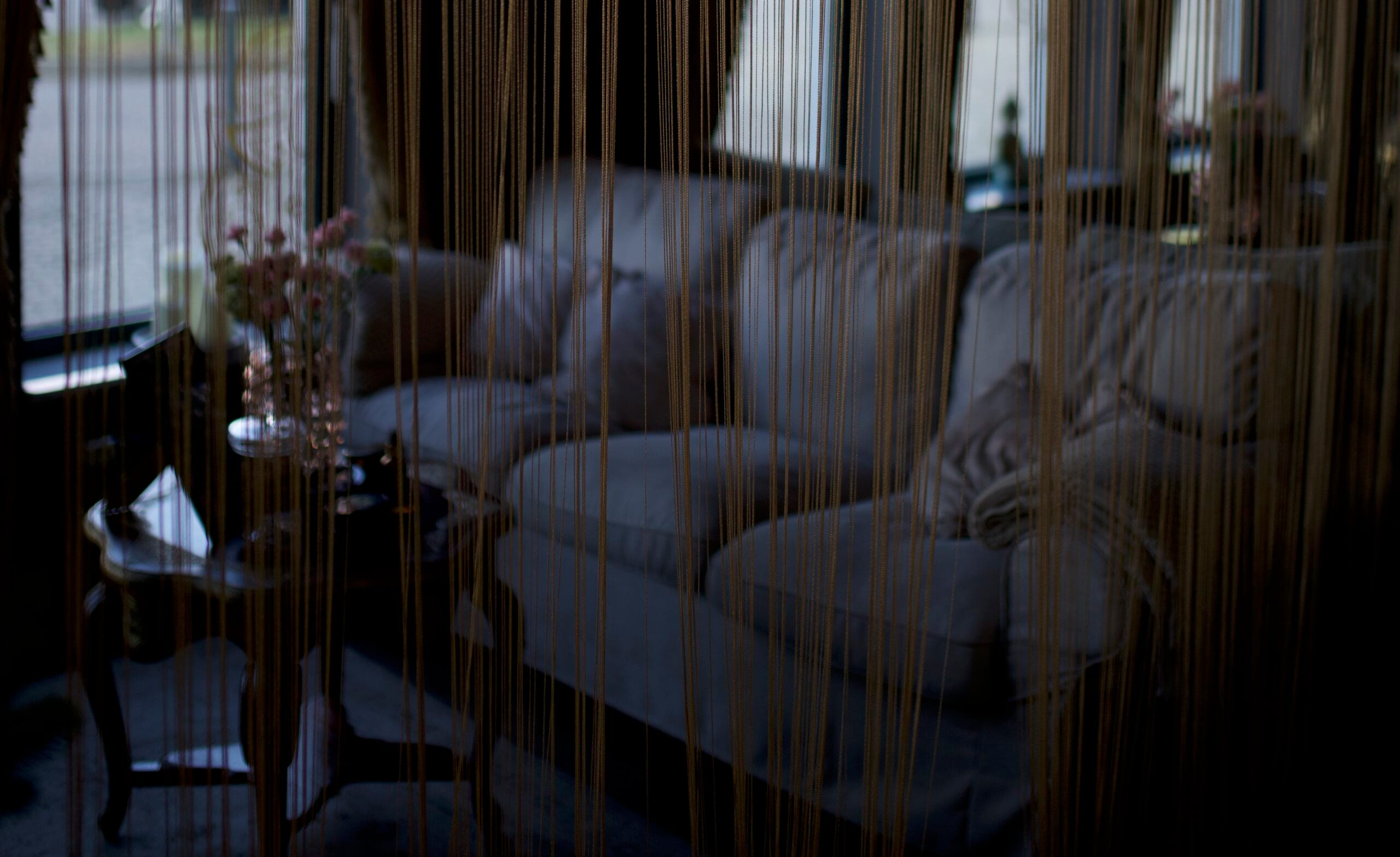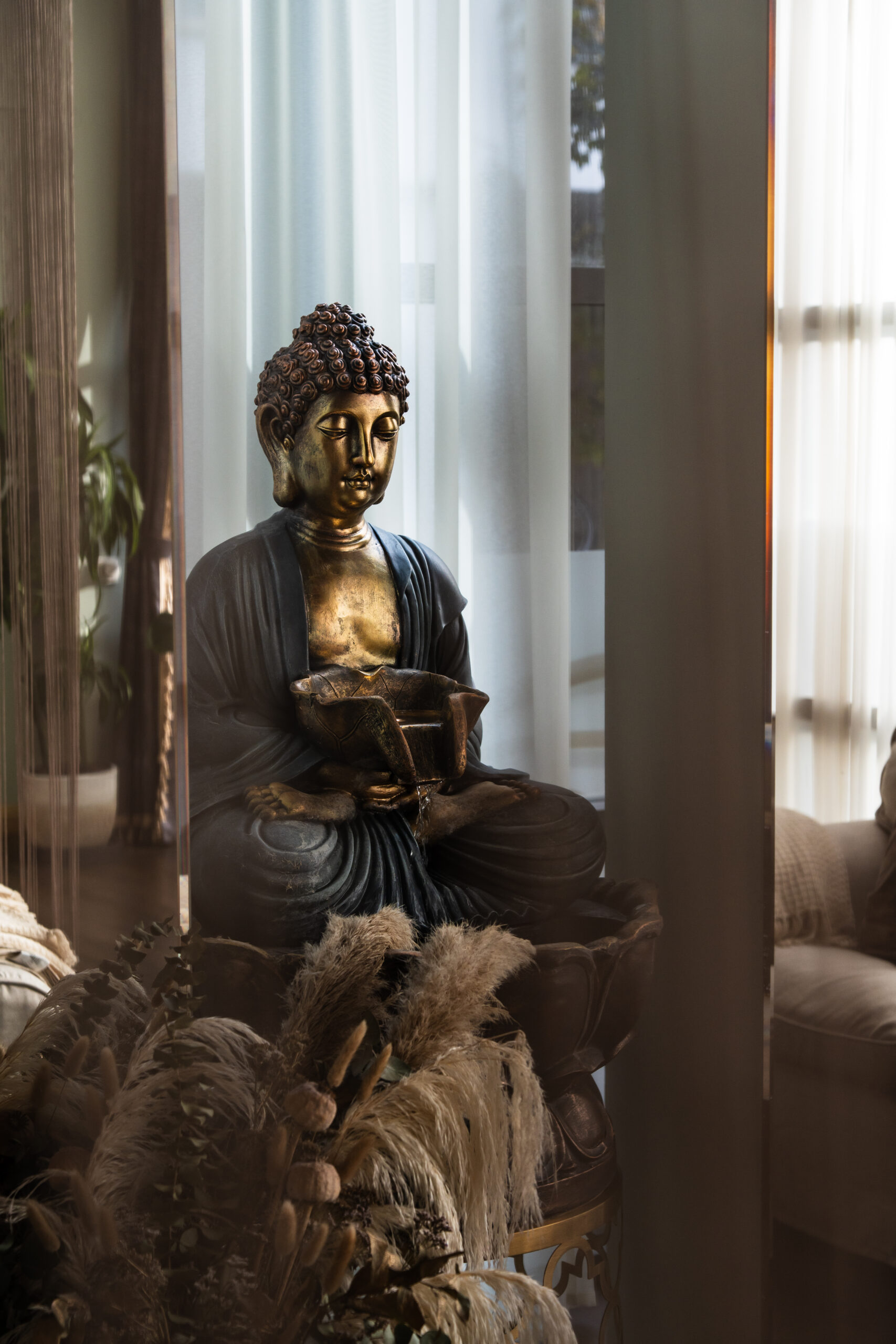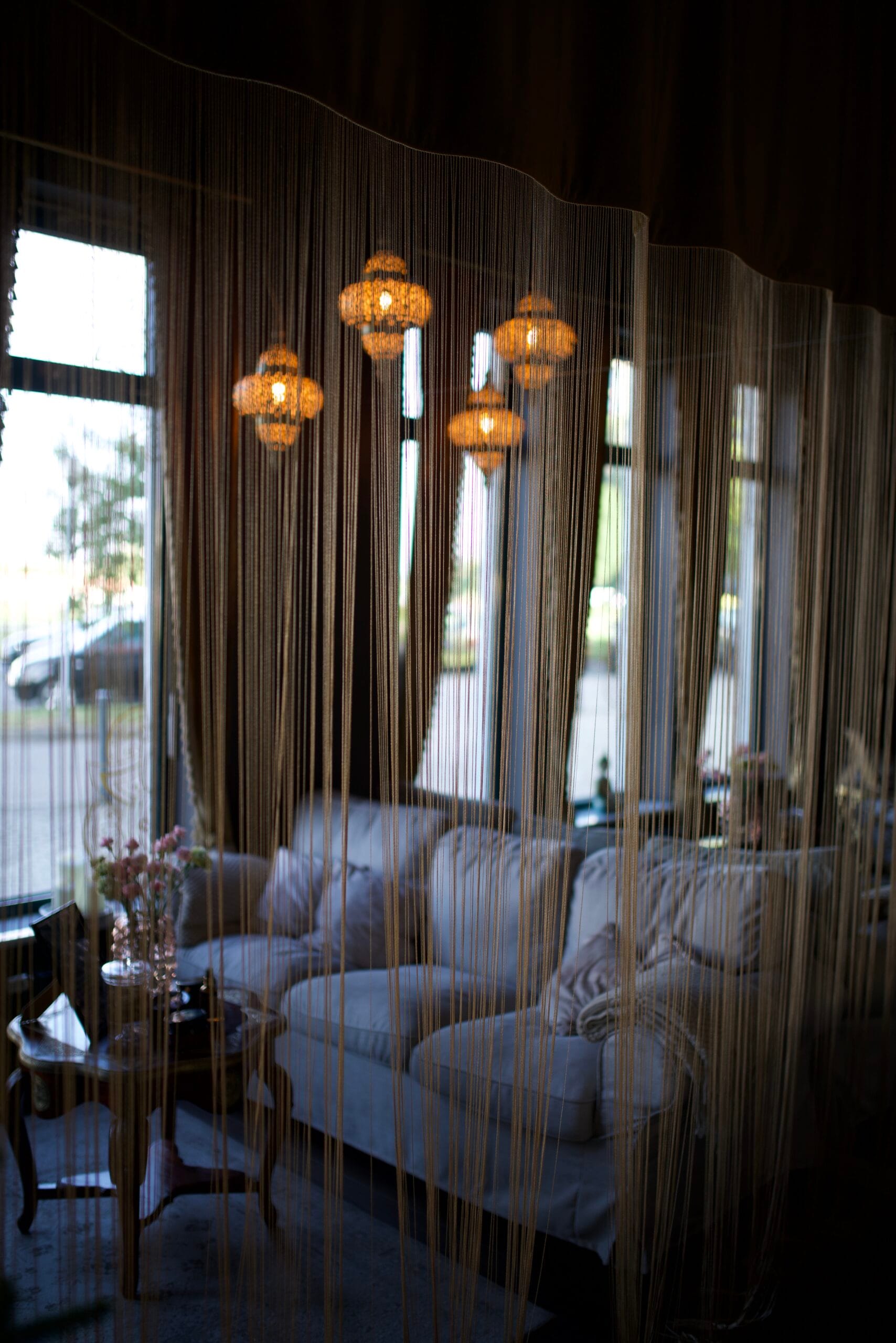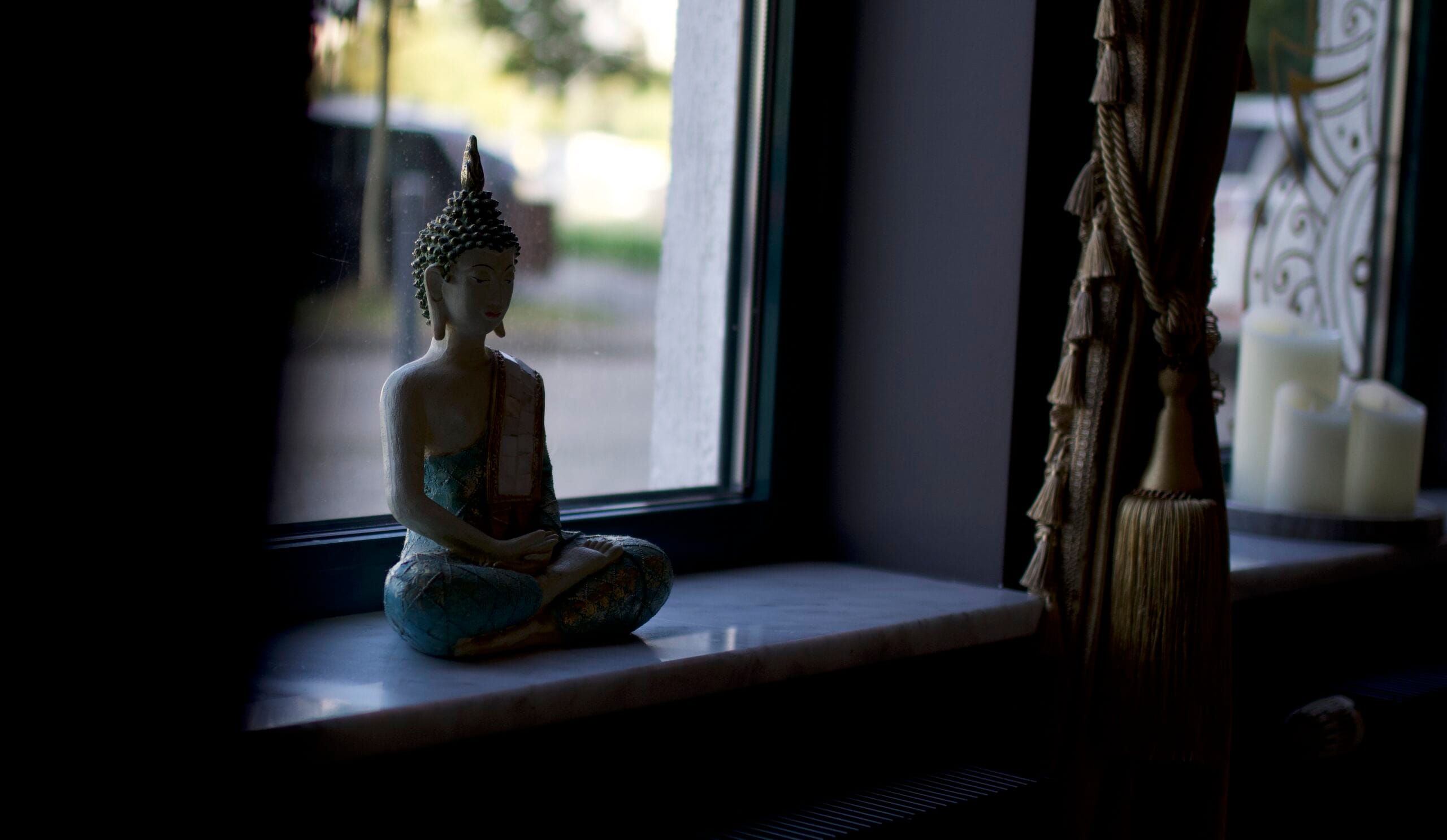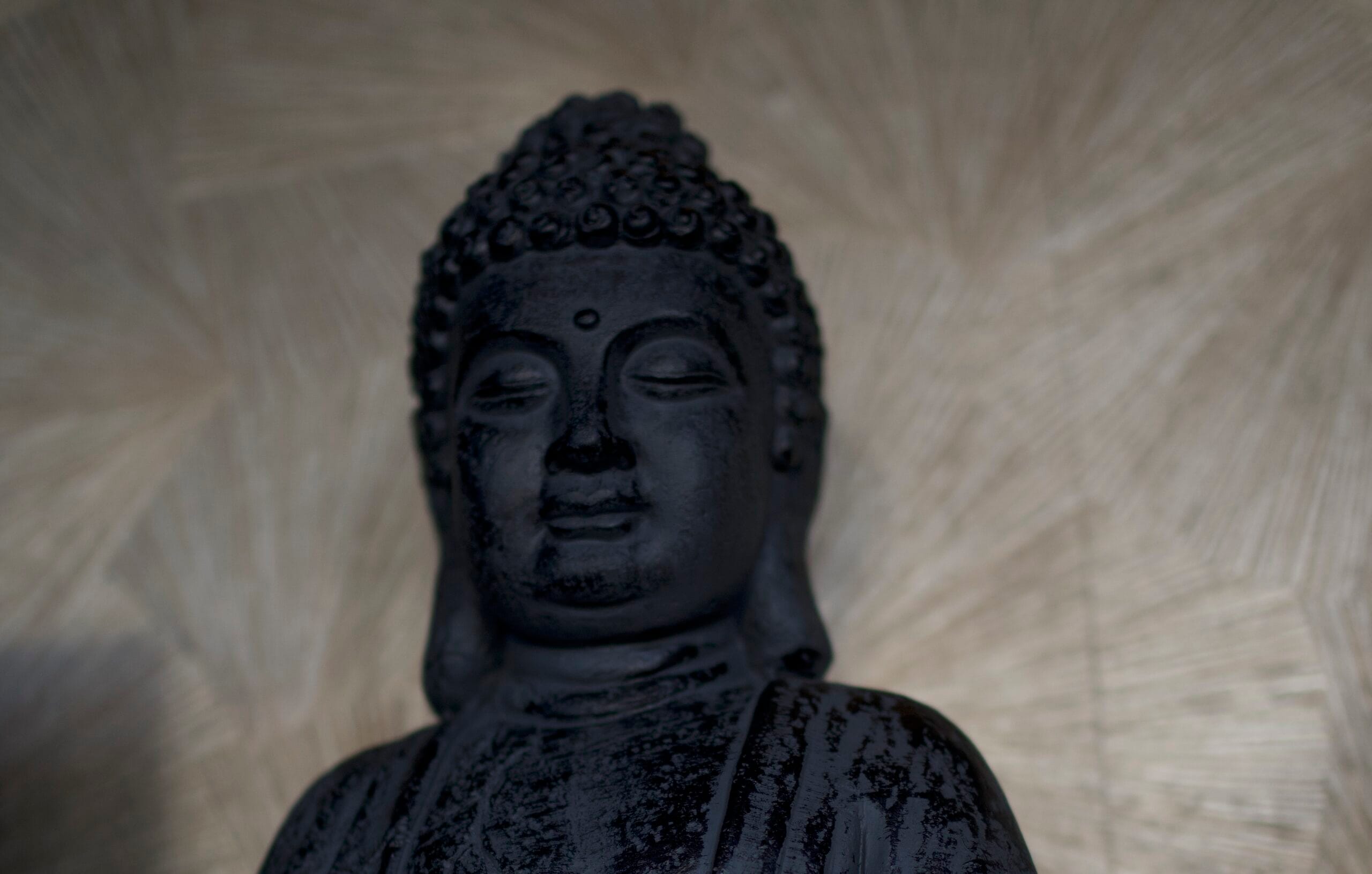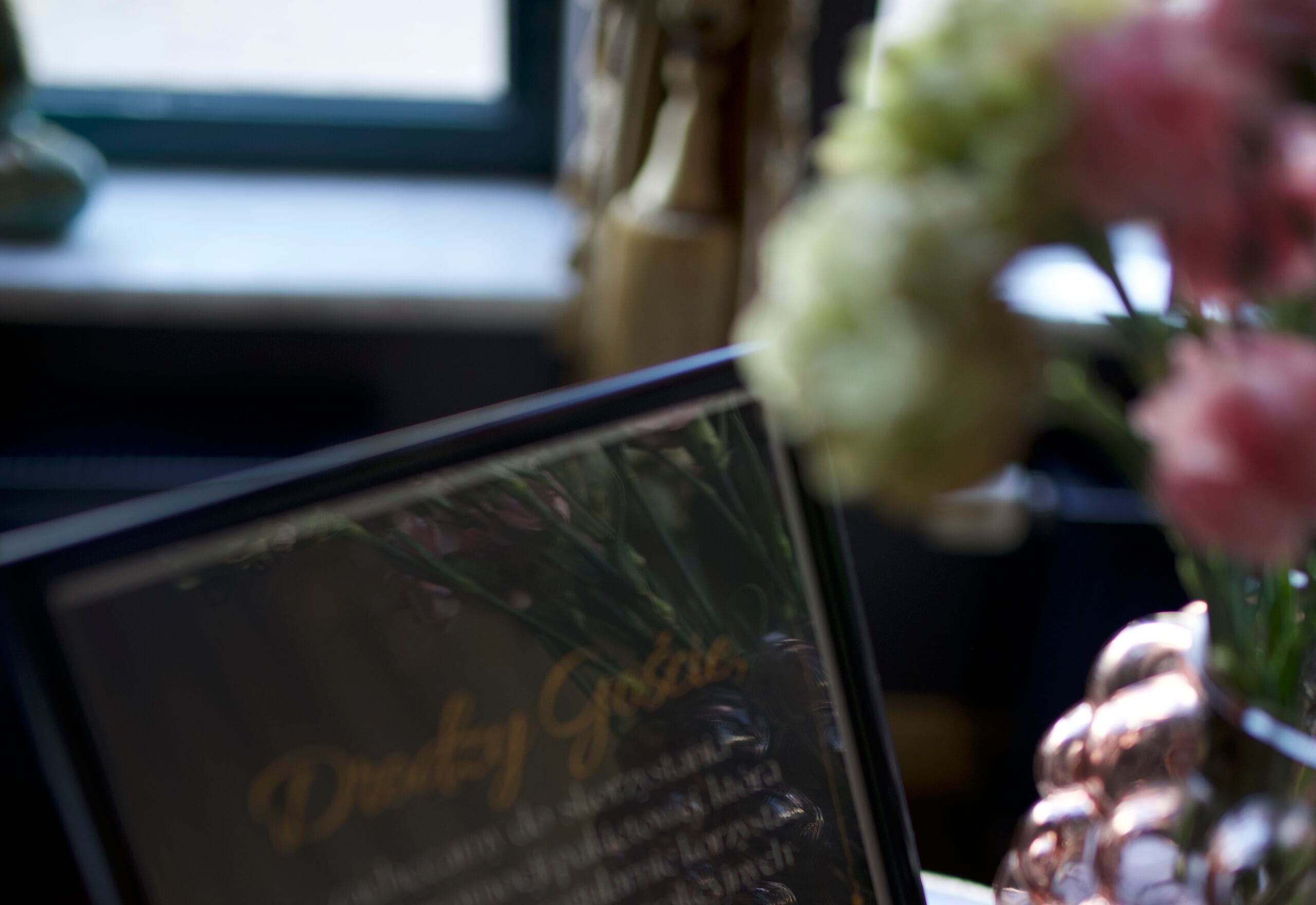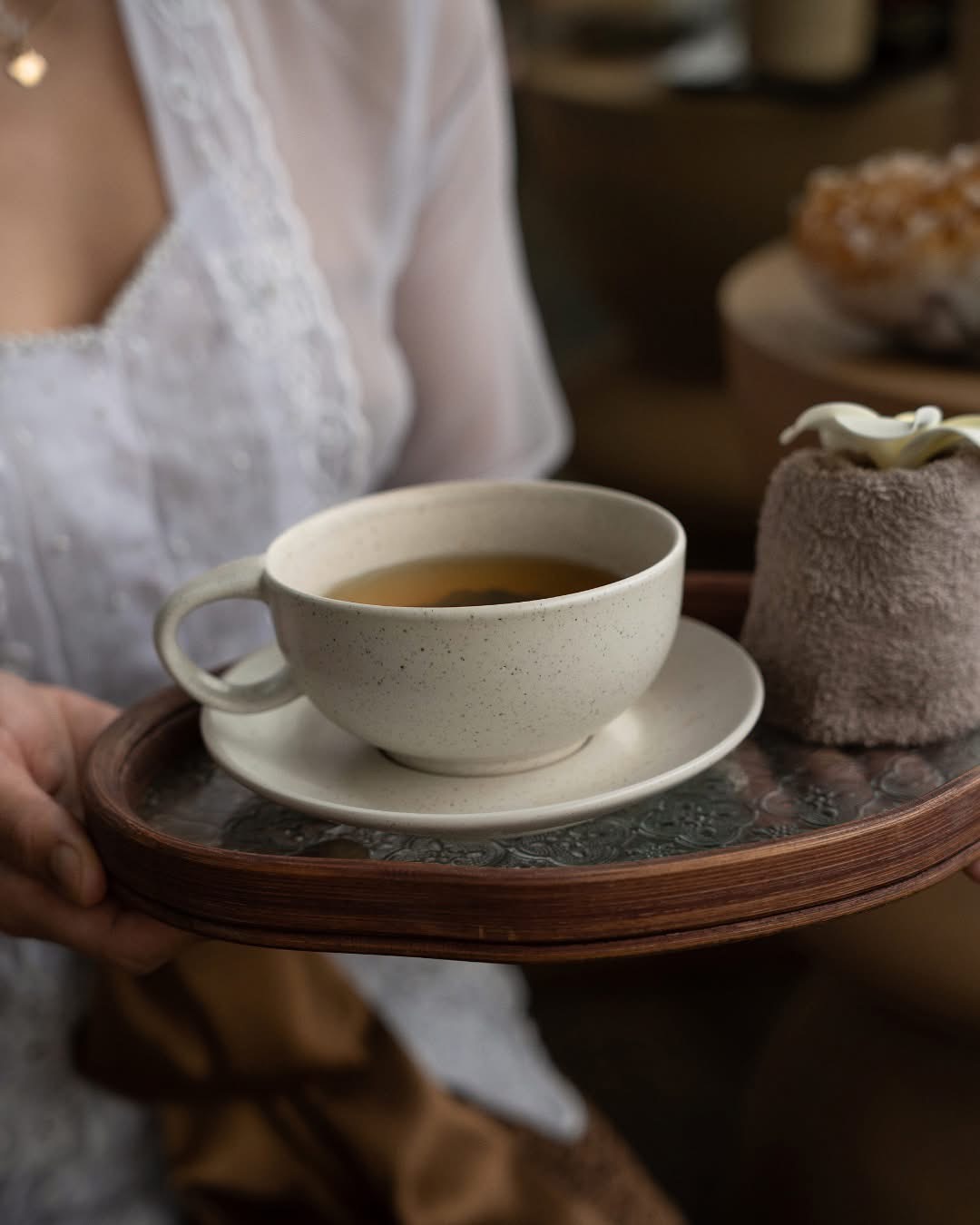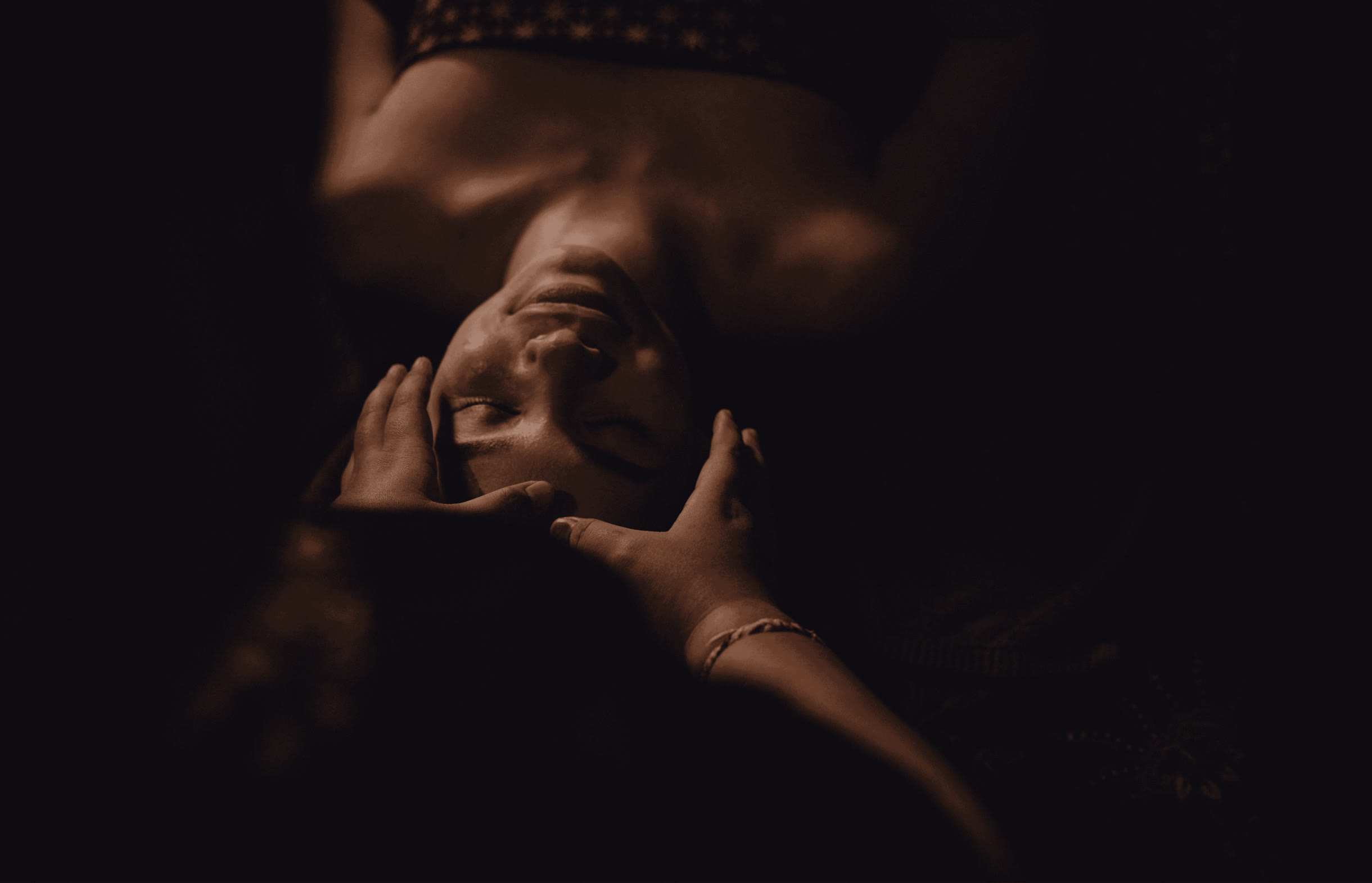Massages have been known to humans for millennia. In fact, it is difficult to draw a clear line and say that a certain form of body touch is a massage and another is not. At the same time, the idea itself is so obvious that there must have been parallel development of this form in different parts of the world. In addition, there has been the development of a variety of techniques in order to shape what actually gives pleasure and relaxation. In addition, a long tradition combined with development has led to many massages becoming an important part of the culture of certain countries. Within this article, we will look at one of its varieties. It will be Ayurvedic massage, which originated in India and is the quintessential whole-body therapy. Let’s clarify right away that Abhyanga massage is another name for the same form of therapy. What are these treatments based on? What is their history? Finally, why should we be interested in this form of relaxation?
Ayurvedic massage as part of Indian culture
The history of this type of massage can be traced back to different times. Keep in mind that all treatments are constantly evolving and gaining new forms. Ayurveda itself is a traditional Indian meditation and dates back as far as the 12th century BC. It is a rich form that combines mental, physical and spiritual elements. Everything is derived from Hindu philosophy. An important element of Ayurveda is Abhyanga massage, which is often equated with it, by the way. The system itself dates back to 1979 and is one of the oldest healing systems. We can safely say that it is a form of relaxation for the whole body, which at the same time will benefit our health.
For what reason do we use therapy through Ayurvedic massage?
The beginning begins similarly to other massages. Keep in mind, however, that this form should be considered therapy, so it is much more than that. First of all, one of the main objectives is to relax the person being massaged. The goal is stress relief, which is important regardless of the circumstances. However, it will be especially recommended if one leads a fast-paced, high-stress life. Secondly, massage is valuable for people who have sleep problems. Thirdly, it is worth using to speed up metabolism. Finally, another typically therapeutic aspect is to strengthen the immunity of the person getting a massage. Ultimately, the most important thing is the combination of taking care of both mental and physical health. The whole thing leads to tranquility, which is sometimes difficult to find in everyday life. In addition, taking care of the client’s serenity leads to indirect effects on his health.

How is an Ayurvedic massage performed?
First of all, the whole body is massaged during this form. During the process, several times we will be asked to change positions and sometimes we will be placed on our back or stomach, and sometimes on our side. An important feature of the whole ceremony is customization. This means that after a short time we ourselves will suggest which form relaxes us the most. And what techniques are used by the masseur? First of all, stroking, rubbing, squeezing, and also sharpening. The form itself is much less demanding on the client than the popular Thai massage. Most often, the first stage is an Ayurvedic head massage. This is the beginning of all the relaxation. Then a special oil becomes an important part of the ceremony. It comes to the massage of the entire body, not excluding the feet, thighs or calves. In fact, everything follows a set pattern, while each of its elements is better experienced than just reading a description. During the process we will be able to relax while the masseur takes care of our relaxation and comfort. Much attention is paid to the back, legs, abdomen or hands.
Ayurvedic massage as a culturally embedded part of a ceremony
Ayurvedic massage originated in India and reflects the Hindu philosophy well. It forms part of it and draws out many qualities that prove effective in the context of our bodies. Even before the treatment is performed, it is traditional to distinguish one of the three types of dosz, or type of energy, that turns out to be most appropriate for the individual. This later differentiates some element of the massage. Among the three types, vata, pitta and kapha are distinguished. We will not specify the method of classification itself. The result is that for vata, a large amount of almond or sesame oils are selected. Pitta determines a slightly more intense massage. For kapha, the massage will be even stronger, and also the oils themselves will be slightly different. Let’s keep this cultural setting in mind. When we decide to have this kind of treatment, we are putting ourselves into the Hindu philosophy for a certain period of time. We should get the most out of it through the most effective immersion.
Summary, or what is an Ayurvedic massage?
First of all, Ayurvedic massage is a relaxing form of therapy. It originated in India and thus is part of Hindu philosophy. During a massage, attention is focused on almost all parts of our body. Much of the masseur’s energy is focused on the back, legs, thighs and hands. Often the whole process begins with an Ayurvedic head massage. The purposes of applying this form of relaxation are at least several. We can mention, for example, eliminating stress (which indirectly leads to further benefits), eliminating sleep problems or improving body fat. The whole thing is so pleasant that everyone should try an Ayurvedic massage at least once in their lives. Besides, it will then be easy for the next time as well.
